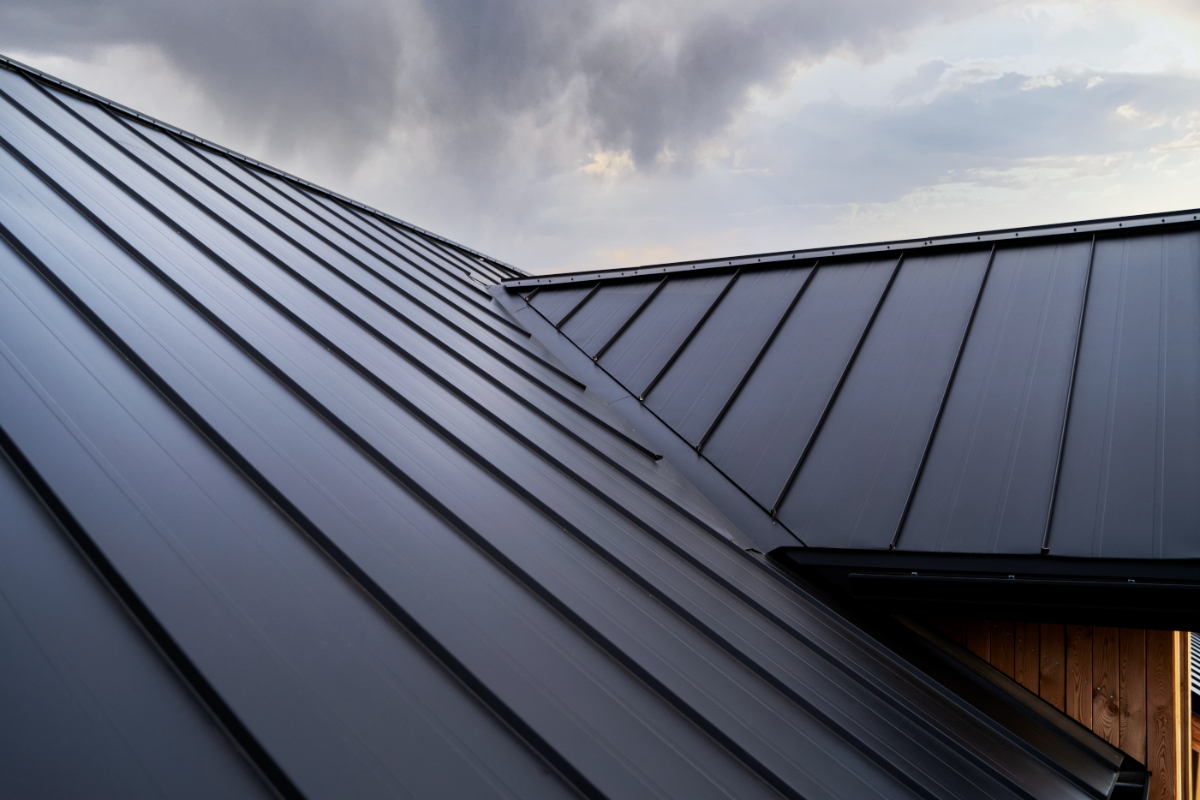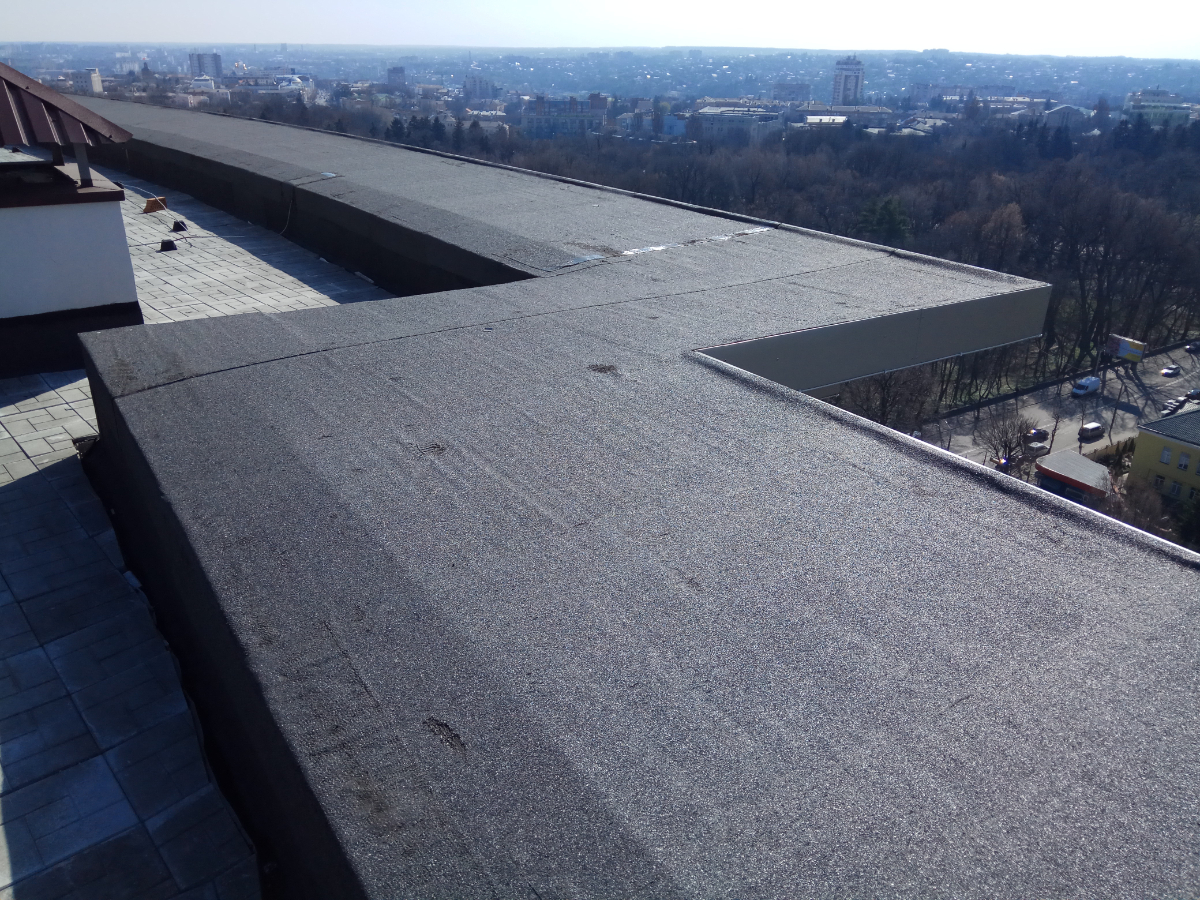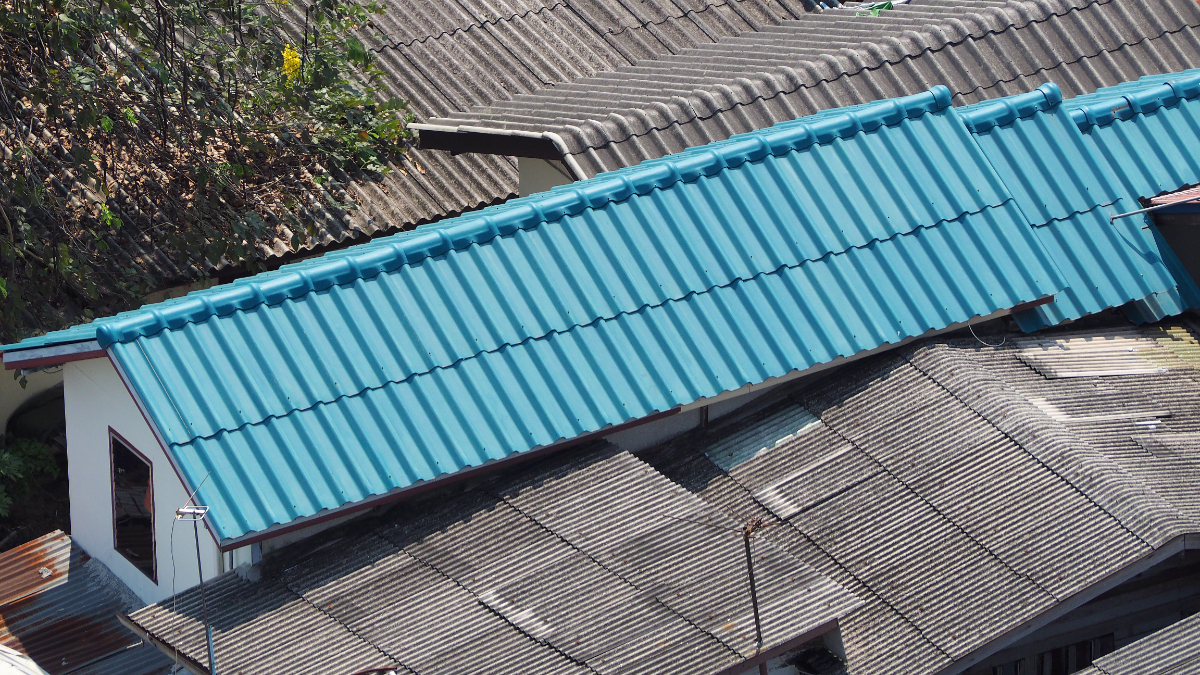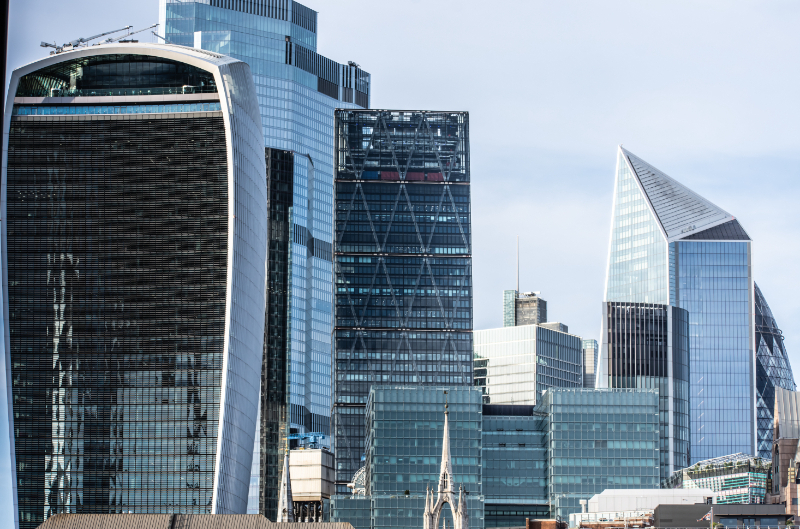Types Of Commercial Roof Construction
Flat Roof Commercial Construction
Flat roofs have been a popular choice for commercial buildings for many years due to their cost-effectiveness and ease of installation. Contrary to their name, flat roofs are not entirely flat but have a slight slope, usually around 1/4 inch per foot, to facilitate water drainage. Here are some key aspects of flat roof commercial construction:
Materials: Flat roofs can be constructed using various materials, including built-up roofing (BUR), single-ply membranes (such as EPDM, TPO, or PVC), and modified bitumen. BUR roofs consist of multiple layers of tar and gravel or asphalt and are known for their durability. Single-ply membranes offer excellent waterproofing properties and are often chosen for their ease of installation.
Drainage: Proper drainage is crucial for flat roofs to prevent water pooling, which can lead to leaks and structural damage. Typically, flat roofs incorporate internal or external drains and scuppers to channel water away.
Maintenance: Flat roofs require regular maintenance to ensure their longevity. This includes cleaning debris, inspecting for signs of wear or damage, and resealing seams and flashings as needed.
Insulation: Insulating a flat roof is essential for energy efficiency. Insulation materials are typically installed above the deck to provide a thermal barrier and reduce heating and cooling costs.
Usage: Flat roofs are versatile and can accommodate rooftop equipment, such as HVAC units or solar panels. This extra space can be used for various purposes, from outdoor lounges to garden spaces.
Low-Slope Commercial Construction
Low-slope roofs, also known as low-pitched or flat roofs, have a slight incline, typically between 2:12 and 4:12 (meaning they rise 2 to 4 inches for every 12 inches of horizontal distance). These roofs are commonly found on commercial buildings and come with their unique characteristics:
Materials: Low-slope roofs often use the same materials as flat roofs, such as single-ply membranes or modified bitumen. However, the choice of materials may depend on factors like climate and budget.
Waterproofing: Ensuring proper waterproofing is crucial for low-slope roofs. This involves installing a membrane that effectively repels water and prevents leaks.
Maintenance: Like flat roofs, low-slope roofs require regular maintenance to check for wear and tear, especially in areas with heavy rainfall or snowfall.
Design: Low-slope roofs provide some design flexibility and can incorporate architectural features like parapets and rooftop gardens while maintaining a relatively flat appearance.

Steep Slope Commercial Construction
Steep slope roofs are characterised by their steep pitch, usually greater than 4:12. They are commonly associated with residential buildings but can also be found on certain commercial structures, such as historic buildings, churches, and shopping centres. Here are some important aspects of steep slope commercial construction:
Materials: Steep slope roofs typically use materials like asphalt shingles, clay or concrete tiles, metal roofing, and wood shakes or shingles. These materials are chosen for their ability to shed water quickly and withstand the steep pitch.
Aesthetics: Steep slope roofs often contribute to the architectural character of a building. They can be designed with intricate details, dormers, and gables, enhancing the overall appeal of the structure.
Maintenance: Although steep slope roofs are less prone to water pooling, they still require maintenance, including periodic inspection, shingle or tile replacement, and gutter cleaning.
Durability: Properly constructed steep slope roofs can have a long lifespan, making them a wise investment for commercial buildings with a focus on longevity.
Best Roof Materials For Your Business
Metal Roofing Systems
Metal roofing is a popular choice for commercial buildings due to its durability and longevity. Some key advantages include: Durability: Metal roofs can last 40-70 years or more, making them a cost-effective choice in the long run.
Energy Efficiency: Metal roofs often come with reflective coatings that reduce heat absorption, leading to energy savings in cooling costs. Low
Maintenance: They require minimal maintenance and are resistant to mould, mildew, and pests.
Aesthetic Variety: Metal roofing is available in various styles and colours, allowing for customisation to match your business's aesthetics.
PVC Or TPO Roof Membranes
PVC (polyvinyl chloride) and TPO (thermoplastic olefin) roof membranes are single-ply roofing systems that offer several advantages:
Waterproofing: PVC and TPO membranes provide excellent waterproofing, reducing the risk of leaks.
Energy Efficiency: These materials have reflective properties, helping to keep the building cooler and lowering energy bills.
Flexibility: They are highly flexible, allowing for expansion and contraction without compromising their integrity.
Longevity: PVC and TPO roofs have a lifespan of 20-30 years or more when properly maintained.

Shingle Roofing Systems
While more commonly associated with residential buildings, shingle roofing systems can also be used for small commercial structures or businesses with a residential aesthetic:
Cost-Effective: Asphalt shingles are affordable, making them an attractive choice for budget-conscious businesses.
Quick Installation: Shingle roofs can be installed relatively quickly, minimising disruption to your business operations.
Aesthetics: They come in a variety of styles and colours, providing design flexibility.
Regular Maintenance: Shingle roofs may require more frequent maintenance and have a shorter lifespan compared to other materials.
Spray-On Roofing
Spray-on roofing, often referred to as spray foam roofing, offers unique benefits for certain commercial applications:
Seamless: It creates a seamless, waterproof barrier, reducing the risk of leaks.
Insulation: Spray foam roofing provides excellent insulation, improving energy efficiency.
Custom Fit: It conforms to irregular roof shapes and structures, offering versatility in design.
Environmentally Friendly: Many spray foam materials are eco-friendly and can be recoated to extend their lifespan.
Commercial Cool Roofing
Cool roofing systems are designed to reflect more sunlight and absorb less heat, providing energy efficiency benefits:
Energy Savings: Cool roofs reduce the amount of heat absorbed by the building, lowering cooling costs.
Environmental Impact: They help mitigate the urban heat island effect and reduce greenhouse gas emissions.
Durability: Cool roofing materials are designed to be durable and require minimal maintenance.
Regulatory Compliance: In some areas, cool roofing may be required to meet energy efficiency codes and standards.

Choosing A Commercial Roofing System
Climate and weather conditions play a vital role in choosing the right roofing system. Different materials perform better in various climates. Some are well-suited to hot, sunny regions, while others excel in areas with heavy rainfall or snowfall. Consider the local weather patterns and choose a roofing system that can withstand the elements.
Budget is a critical factor in the decision-making process. Roofing materials come with varying costs, both upfront and in terms of long-term maintenance. Balancing budgetary constraints with the performance and durability of the roofing system is essential.
Energy efficiency should also be considered. Energy-efficient roofing systems can help reduce heating and cooling costs. Look for roofing materials with reflective coatings or insulating properties that can enhance the building's energy efficiency.
Durability and longevity are crucial. The lifespan of a roofing system varies by material. Some, like metal or PVC, are known for their longevity, while others may require more frequent replacement or maintenance. Consider the expected lifespan of the roofing material in relation to your long-term business plans.
Maintenance requirements should not be overlooked. Assess the maintenance demands of different roofing systems. Some materials require minimal upkeep, while others may need regular inspections and repairs. Factor in the cost and availability of maintenance services when making your choice
Do you require commercial roofing services in Glasgow and the surrounding areas of Scotland?
Get in touch today to discuss your requirements.
Commercial Building Roofing Contractors Glasgow

